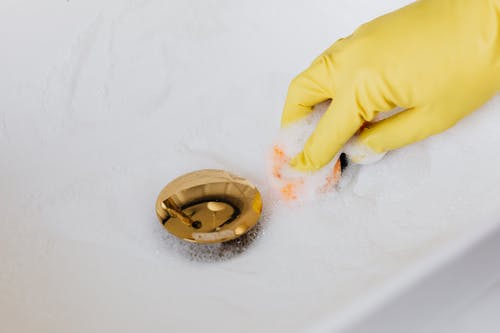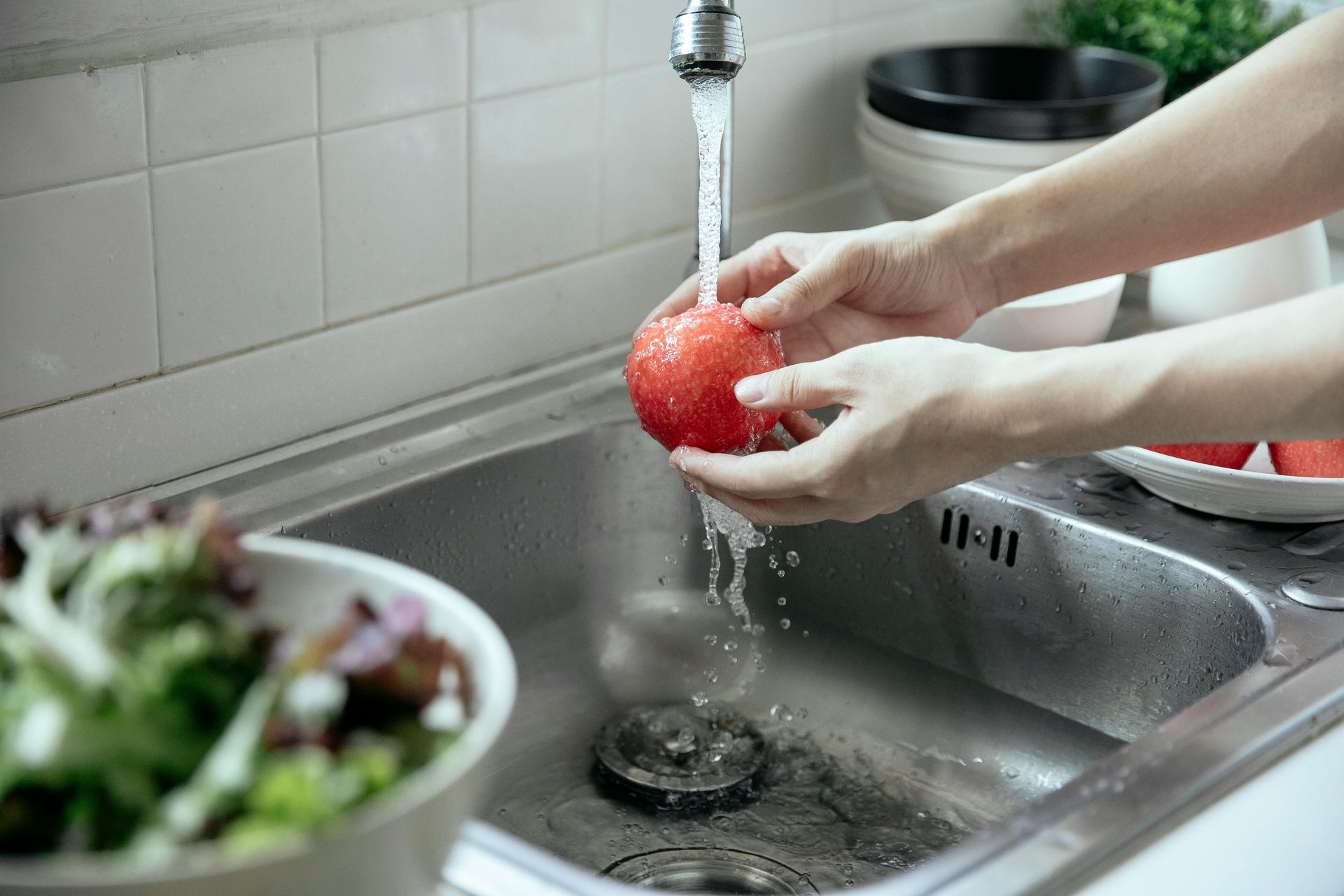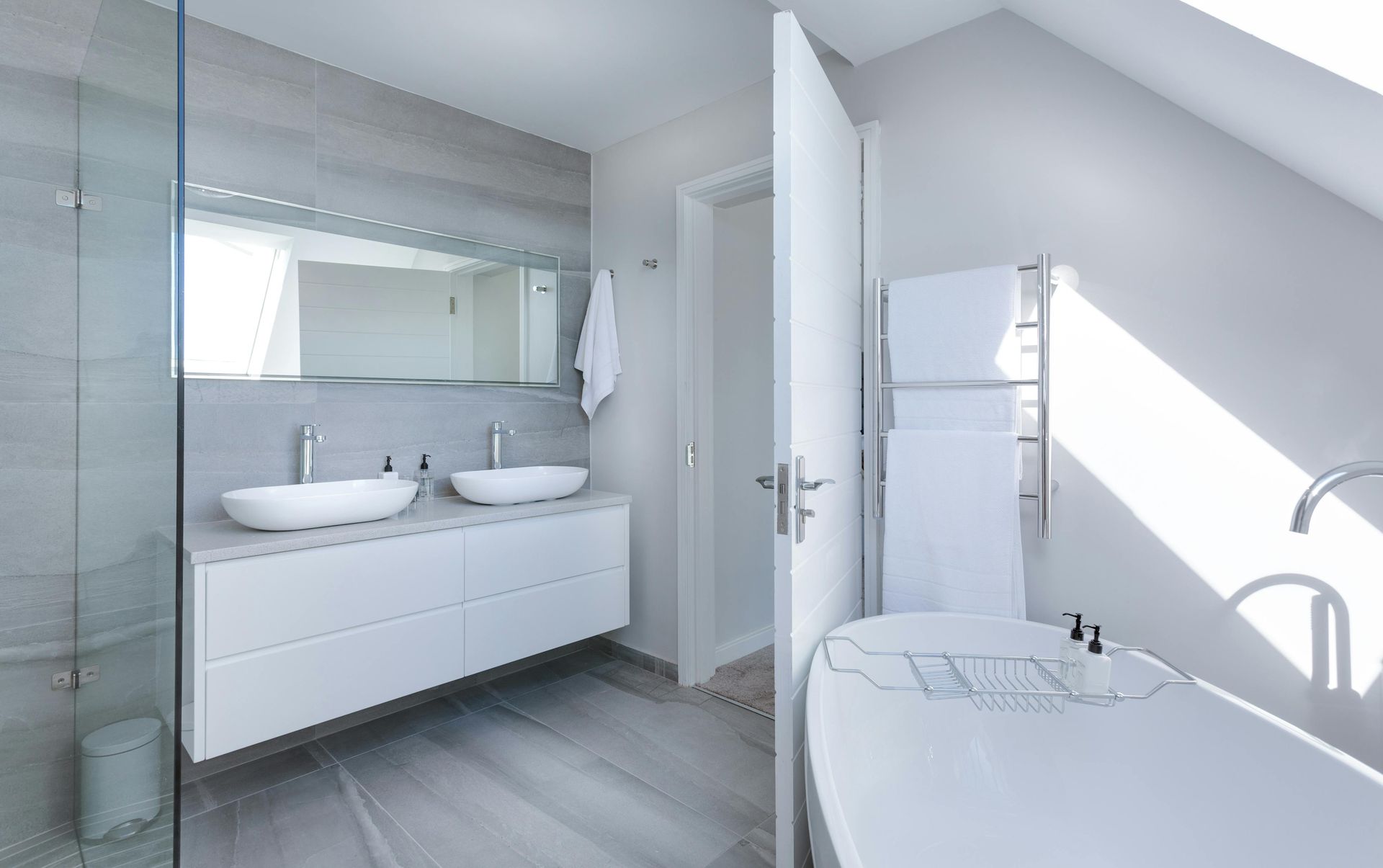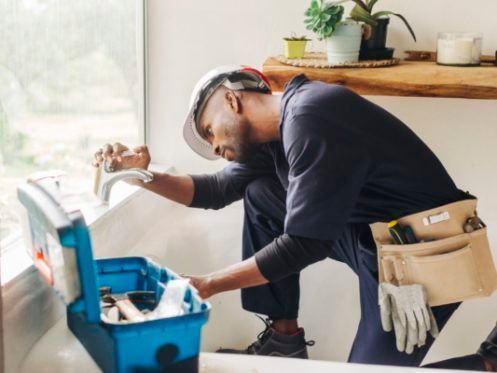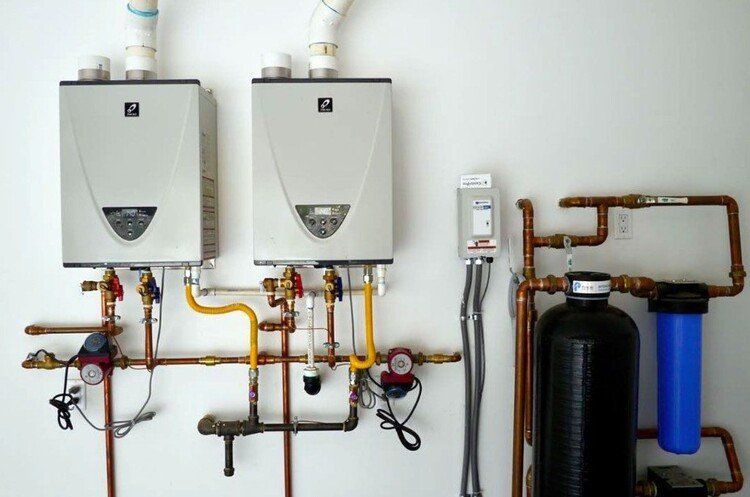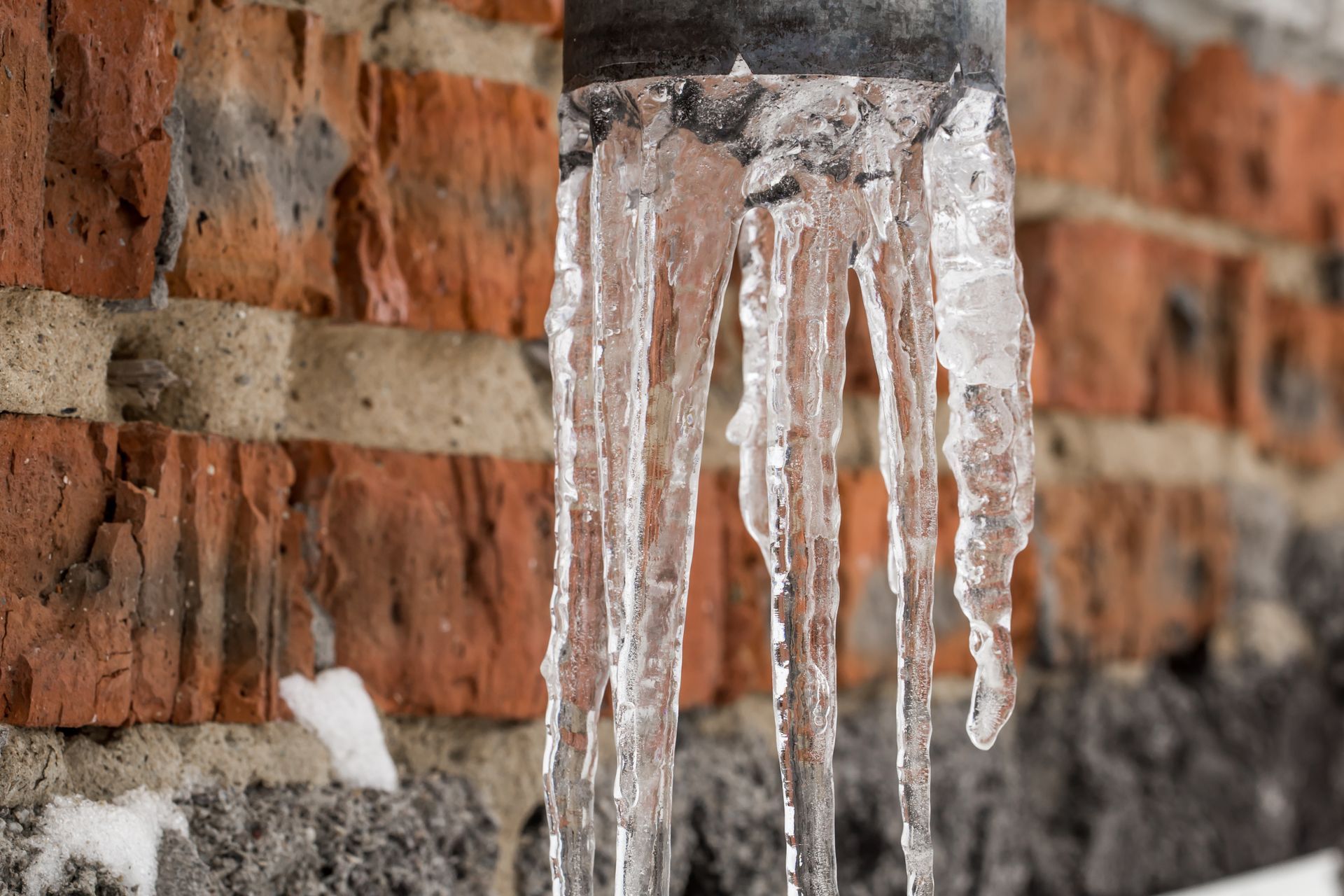How To Properly Conserve Water, Go Green & Save?
Conserving water, embracing green practices, and saving resources are essential goals for individuals, communities, and cities worldwide. As natural water supplies face increasing stress from population growth, climate change, and pollution, adopting sustainable water use habits helps protect the environment, reduces costs, and enhances quality of life. This article provides a detailed exploration of effective water conservation techniques, green living approaches, and practical steps to save water without sacrificing convenience or comfort.
The Importance of Water Conservation and Going Green
Water is a finite resource, and conserving it is fundamental to environmental sustainability. When water supplies are over-extracted or wasted, ecosystems suffer, agricultural productivity declines, and the risk of drought intensifies. Water conservation involves reducing unnecessary water use while maintaining adequate supply for essential needs.
Going green complements water conservation by reducing overall resource consumption and minimizing environmental footprints. Green habits such as energy-efficient appliances, landscape xeriscaping, and rainwater harvesting contribute to lowering water demand and preserving natural habitats. These practices also often translate into financial savings by lowering utility bills and reducing maintenance costs.
Understanding these principles helps homeowners and businesses alike recognize the role they play in sustainable water management and motivates active participation in water-saving measures.
Practical Strategies for Conserving Water At Home
Every household has various opportunities to conserve water through behavioral changes and smart equipment choices. Easy actions like turning off taps while brushing teeth or washing dishes can cumulatively save significant amounts of water daily. Installing low-flow fixtures, such as showerheads and faucets, also drastically reduces water consumption without compromising user experience.
Another critical area is outdoor water use. Watering gardens or lawns during early mornings or late evenings minimizes evaporation losses. Employing drought-resistant native plants and efficient irrigation systems like drip irrigation further enhances conservation efforts.
In plumbing systems, attention to maintenance can prevent water waste caused by leaks or inefficient components. "All City Plumbers," for example, specialize in identifying common plumbing issues, including leaks, pipe bursts, and malfunctioning fixtures, which can all contribute to significant water loss if left unattended.
The Role of Plumbing Components
Integral to effective water conservation and plumbing health are components such as expansion tanks and addressing water pressure concerns. Expansion tanks help manage pressure fluctuations within household water systems, protecting pipes and fixtures from damage due to water hammer or thermal expansion. Properly functioning expansion tanks contribute to system longevity and prevent leaks that waste water.
Water pressure directly influences water usage patterns and efficiency. High or irregular water pressure can cause excessive water flow and increase consumption, while low pressure can reduce the effectiveness of appliances and fixtures. It is vital to understand causes of low water pressure and its fixes to maintain optimal water flow and prevent wastage. Common causes include sediment buildup in pipes, leaks, malfunctioning valves, or problems with the municipal supply. Regular checkups by a professional plumber can diagnose and correct these issues, restoring balanced water pressure and improving water use efficiency.
Benefits of Adopting Water-Saving Technologies and Practices
Harnessing advancements in technology plays a significant role in sustainable water use. Modern appliances such as washing machines and dishwashers with water-saving modes use up to 50% less water than older models. Smart irrigation systems adjust watering schedules based on weather conditions, soil moisture, and plant needs, reducing unnecessary watering.
Rainwater harvesting systems collect and store rainwater for landscaping or non-potable use, lowering dependence on municipal water. Greywater recycling, which reuses water from sinks, showers, and washing machines for irrigation, is another progressive approach to minimizing freshwater consumption.
These technologies, combined with practical maintenance like installing expansion tanks and resolving pressure issues, create a resilient household ecosystem that conserves water, reduces energy use, and saves costs.
Conclusion
While individual actions are crucial, community and policy approaches amplify water conservation efforts. Municipal governments worldwide are implementing programs that incentivize water-saving appliances, regulate irrigation standards, and promote public awareness campaigns.
Support for infrastructure upgrades, including replacement of aging pipes and incorporation of pressure management devices, reduces water loss on a large scale. Engaging with professional service providers such as "All City Plumbers" ensures timely repairs and system upgrades that protect community water resources.
Education programs focusing on water conservation principles, environmental impacts, and practical solutions help foster a culture of sustainability across generations.

